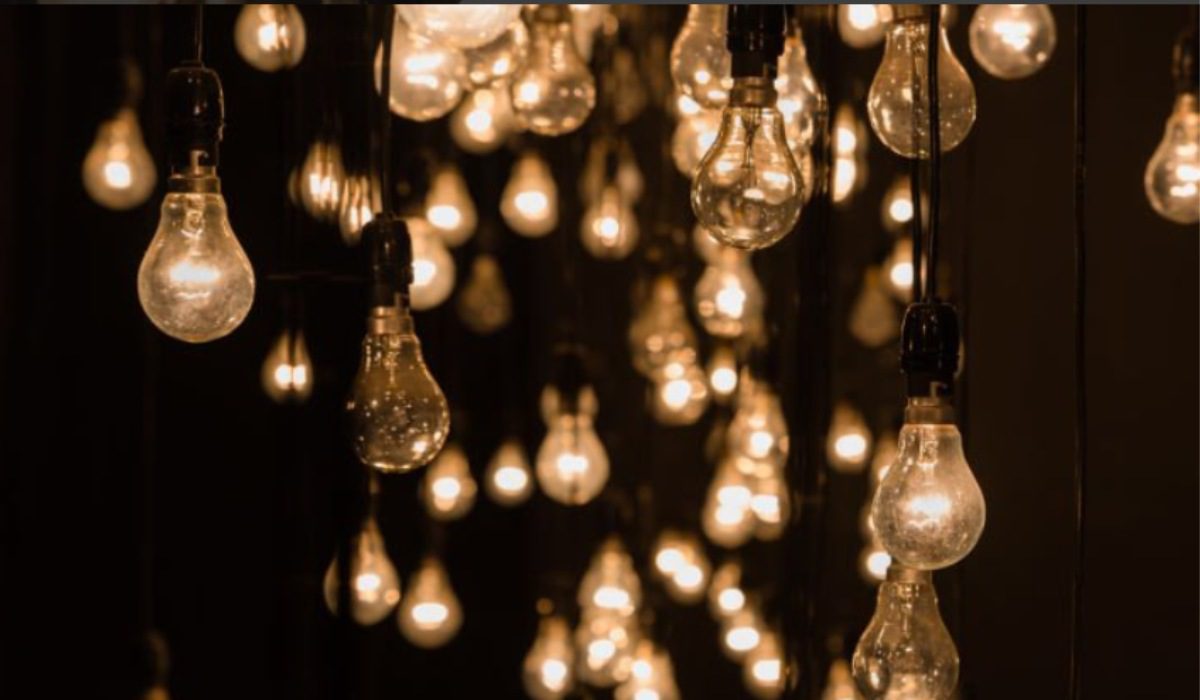Having the correct lighting in your space can significantly amp up the ambiance. However, it is also essential to keep in mind that the lighting should be carefully curated as not every kind of illumination suits a particular space. A good thumb rule is to consider what intensity of lighting suits the space the best. Based on this criteria, lighting can be classified into soft, warm and daylight. This guide will help you decode soft, warm and daylight lighting to help you better understand how to illuminate your space.
See also: How to choose home lighting?
Understanding lighting based on intensity
To make it simpler let’s start off with defining these types of lighting and understanding their usage:
Soft lighting
This type of lighting has the lowest colour temperature among the three, ranging between 2700K – 3000K. It is characterised by its warm, yellowish hue, reminiscent of incandescent bulbs and is highly preferred for ambient lighting in cosy, intimate and inviting settings in spaces conducive to relaxation and social interaction.
Usage:
- Living rooms: The cosy and inviting atmosphere created by this lighting facilitates relaxation and socialising.
- Bedrooms: A warm and comforting ambiance helps you to wind down before sleep.
- Dining rooms: The intimate setting created by this lighting enhances the dining experience.
- Family rooms: It can amp up the ambiance of spaces where the family gathers to relax, watch TV or spend time together.
- Lounge areas: Lounges and reading nooks are benefited with the soothing light emitted by this type of illumination.
Warm lighting
Warm lighting has a colour temperature between 3000K – 4000K and emits a neutral white light with a warm undertone. It is a functional counterpart to soft lighting that balances out the need for visibility with the cosiness of the latter. If you want an ambiance that is welcoming and comfortable, yet more energising than soft lighting, this is the one for you.
Usage:
- Kitchens: The balance between warmth and brightness is suitable for activities related to food preparation.
- Bathrooms: It offers adequate lighting for grooming activities while maintaining visual comfort.
- Home offices: By getting rid of the harshness of cooler light, they help improve focus and productivity.
- Dining rooms: If you wish for a slightly brighter ambiance than soft lighting, this is the one for you.
- Hallways and entryways: The warmth of this illumination creates a welcoming and pleasant atmosphere.
Daylight lighting
With a colour temperature ranging between 5000K – 6500K, daylight lighting is characterised by a bright, bluish-white light that is imitative of natural daylight. Creating a bright, invigorating and alert atmosphere, it is ideal for usage in task-oriented environments that call for high visibility and true colour representation.
Usage:
- Offices and workspaces: In spaces where alertness and productivity are paramount requirements, illumination imitating natural daylight helps.
- Garages and workshops: Bright and clear lighting is necessary for precision in detailed tasks and projects.
- Bathrooms and vanity rooms: In makeup areas, true colour representation is an essential requirement fulfilled by daylight illumination.
- Kitchens: Bright task lighting is helpful in areas where food is prepared.
- Art studios: Tasks requiring accurate colour rendering, such as painting and crafting, benefit from this type of lighting.
Comparing the pros and cons
Before you take the final call, let’s have a look at the pros and cons of each type of lighting and how they weigh against each other:
Pros
| Soft lighting | Warm lighting | Daylight lighting |
| Creates a cosy atmosphere; ideal for living rooms, bedrooms and dining areas. | Offers a balanced middle ground between cosy and bright, making it a versatile option. | Highly suited for tasks requiring high visibility, such as reading, cooking and working. |
| Gentle on eyes with minimised glare, further promoting relaxation. | Can be extensively used in kitchens, bathrooms, home offices and more. | Provides accurate colour rendering, making it suitable for high-precision tasks like makeup applications. |
| Accentuates warm colours to make spaces feel more appealing. | Increases focus without being too harsh on eyes like cooler lights. | Significantly boosts mood and energy levels, especially in work environments. |
| Creates an atmosphere conducive to relaxation and winding down after an exhausting day. | Works well in areas requiring a social and welcoming environment. | Imitates natural daylight to maintain alertness and productivity. |
| Energy-efficient option that does not compromise on adequate illumination. | LED varieties provide sufficient brightness while being energy-efficient. | Ideal for task-oriented spaces like offices, garages and workshops. |
Cons
| Soft lighting | Warm lighting | Daylight lighting |
| Lower intensity may not be enough for tasks requiring bright, focused light. | Not very warm, not suitable to add cosiness to the space. | Might result in a harsh appeal, resulting in a sterile, uninviting atmosphere for spaces meant for relaxation. |
| Has the tendency of distorting colours, not ideal for accurate colour rendering applications. | Not ideal for colour-critical tasks. | If not properly diffused, prolonged exposure can cause eye strain and discomfort. |
| Not versatile, only suited for areas intended for relaxation. | Not suitable to create an ambiance conducive to relaxation. | Excessively cool and bright light can be too stimulating for certain spaces. |
| Excessive use in heavily decorated areas might overwhelm the space and make it appear cramped or dull. | Prolonged exposure might lead to eye strain. | Continuous use in personal spaces can cause overstimulation. |
| May not provide enough stimulation, making it unsuitable for workspaces that demand alertness. | May not be consistent with all styles and ambiance, clashing with certain types of interiors. | High-intensity LED lights might consume more energy than other alternatives. |
FAQs
What is the main difference between soft, warm and daylight lighting?
Soft lighting (2700K - 3000K) emits a warm, yellowish hue, warm lighting (3000K - 4000K) offers a neutral white light with a warm undertone, while daylight lighting (5000K - 6500K) emits a bright, bluish-white light.
Which type of lighting is best for reading?
Daylight lighting provides bright and clear light that reduces eye strain and enhances visibility while reading.
Can I mix different types of lighting in one room?
You can mix different types of lighting in one room to create a layered lighting effect that suits different kinds of tasks.
Which lighting is more energy-efficient?
Energy-efficiency does not depend on colour temperature or intensity but on the type of bulb used. LED bulbs are the most-energy efficient.
How does lighting affect mood and productivity?
Soft lighting is great for unwinding but might not be stimulating enough, warm lighting balances relaxation and alertness in a moderately productive environment, and daylight lighting significantly enhances alertness, mood and productivity.
Which lighting is best for a bathroom?
Warm lighting provides a comfortable yet bright environment suitable for grooming, making it ideal for bathroom spaces.
Is daylight lighting too harsh for living spaces?
Daylight lighting can be too overwhelming for living spaces and is more suitable for workspaces that demand high visibility.
| Got any questions or point of view on our article? We would love to hear from you. Write to our Editor-in-Chief Jhumur Ghosh at jhumur.ghosh1@housing.com |







